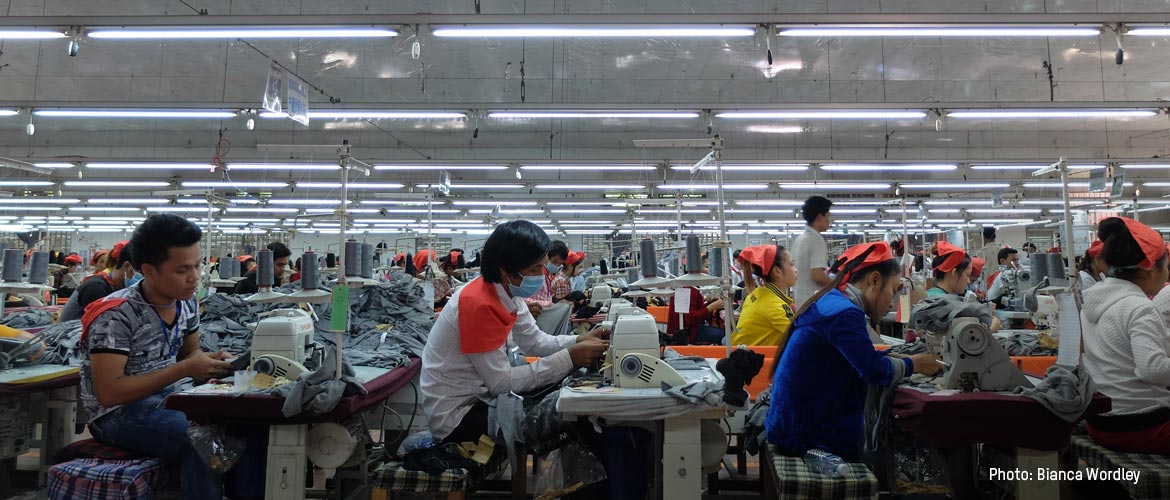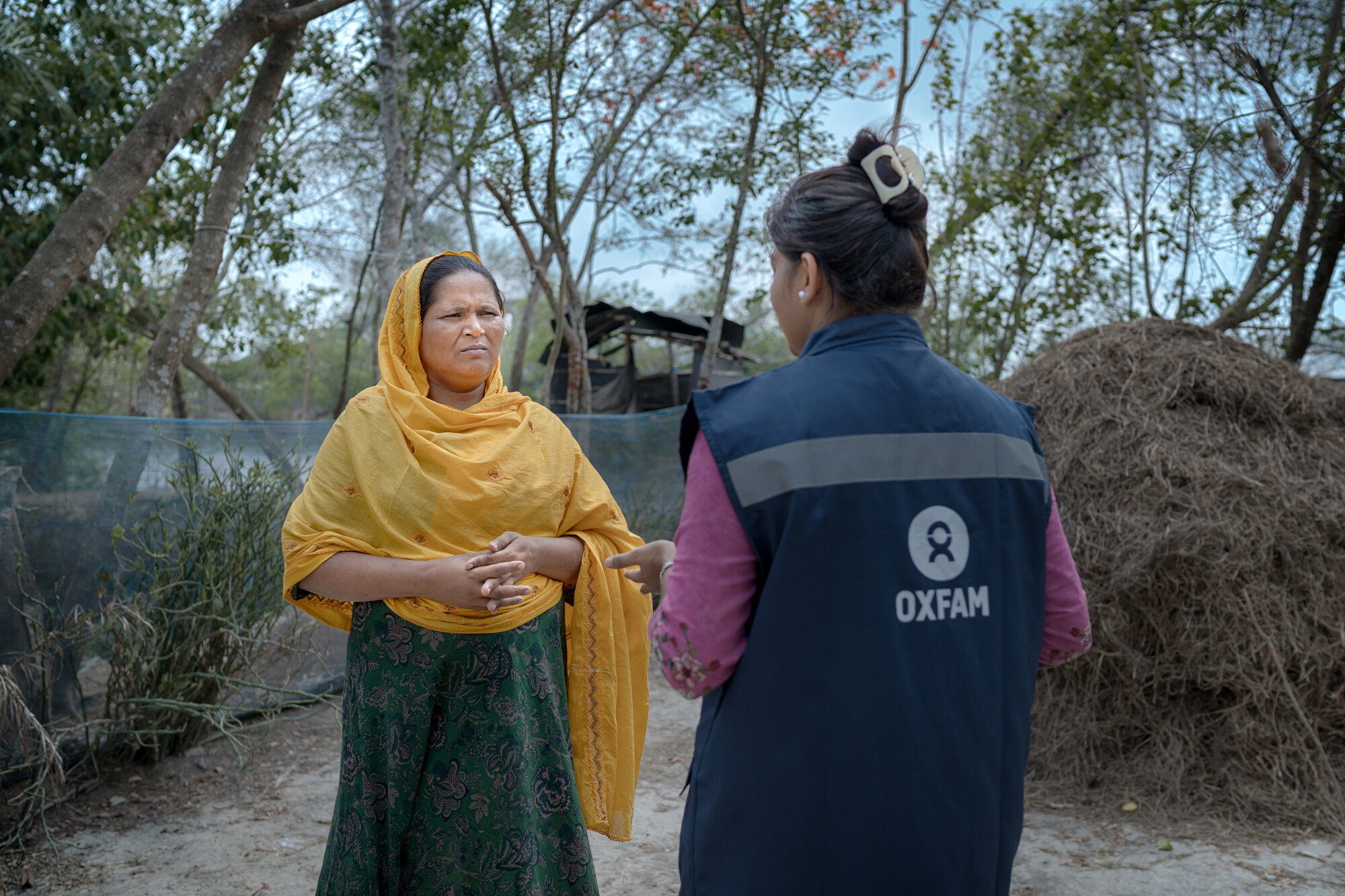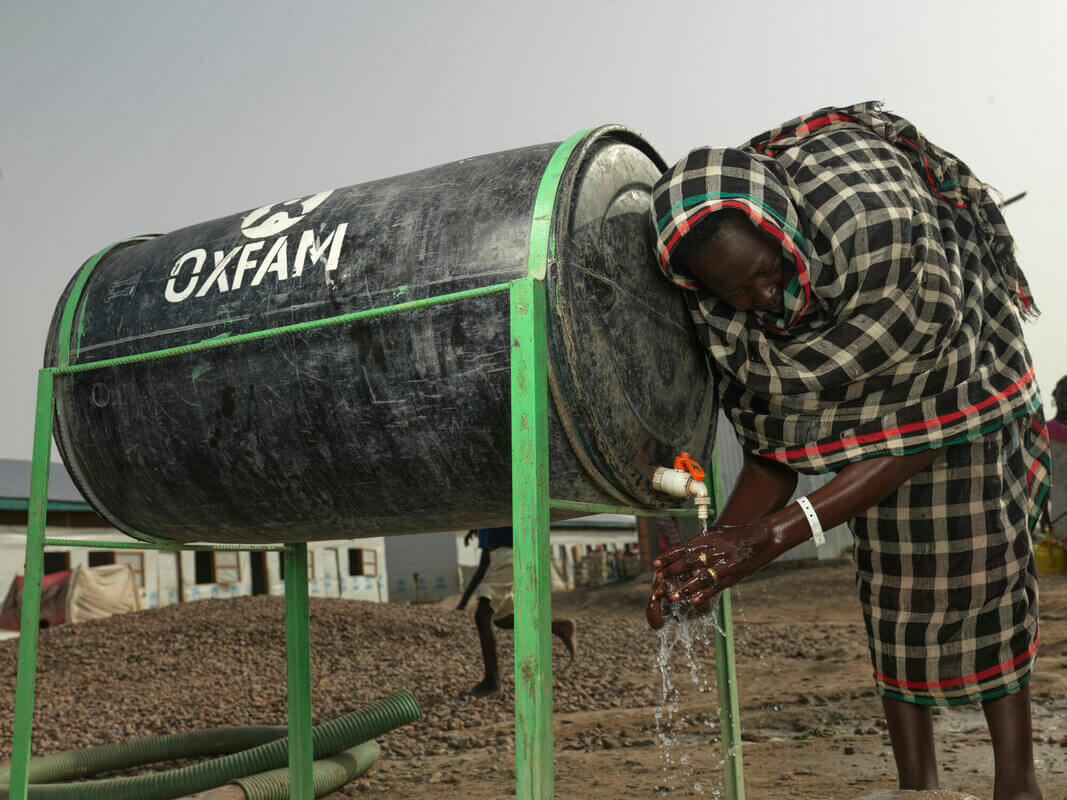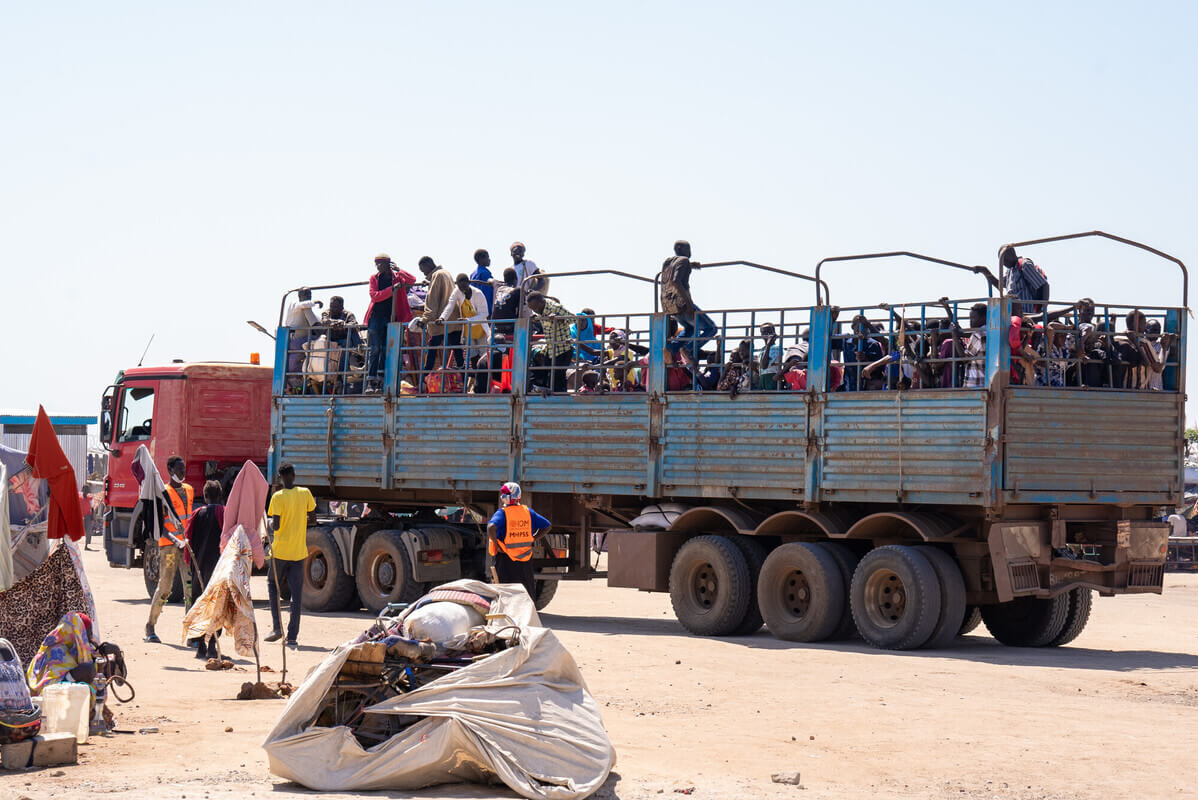We want this weekend’s third anniversary of the Rana Plaza collapse — the Bangladeshi garment factory tragedy that killed more than 1,100 workers and injured 2,500 more — to mark a turning point. A point at which people like you, and our fashion industry, starts thinking ‘fashion forward’.
To be ‘fashion forward’ is to be ahead of the curve: not just in terms of design and materials, but more importantly, around how your clothes are made. It feels great to be fashion forward.
For 20 years, Oxfam has been asking Australia’s biggest brands to be fashion forward in their policies and practices. We’ve been asking them to make the necessary changes to protect their workers, and lead fashion industry innovation.
The Rana Plaza textile factory collapse brought this issue into sharper focus. For months, many of our big brands couldn’t confirm whether or not they had been sourcing from this factory at the time of its collapse.
This seriously challenged these brands, as it was clear they were complicit in an industry that was deeply disengaged to the conditions under which their garments were being made. Transparency, for many companies, was almost non-existent.
By not understanding their supply chains, many of our biggest fashion brands did not — and unfortunately many still don’t — know the nature of the working conditions of the people who make our clothes, or the ability of their suppliers’ factories to safely cater for the volumes of workers often packed into them.
At the same time our fashion brands were scrambling to understand their involvement, international condemnation continued to build. In response, 12 of Australia’s largest and most influential companies started to address this issue.
This included signing onto the Bangladesh Fire and Safety Accord which has so far enabled safety inspections of more than 1,600 garment factories in Bangladesh.
Australian clothing companies were also challenged to publish the locations of their clothing suppliers in Bangladesh. However, only five of these 12 major Australian retail brands have currently done so. Making this information publicly available is vital to ensure any claims about worker safety and other conditions can be independently verified.
As the Australian fashion industry continues to grow — in 2015 alone Australians bought almost $7 billion worth of clothing — it is crucial that our biggest and most influential brands take action now and not be dragged into making changes by an industry that has already transformed.
How you can further fashion forward thinking
In a poll released this week, Oxfam found 89% of Australians surveyed said they we’re happy to pay more for ethically produced clothing.
Now we just need our country’s big fashion brands to catch up in their thinking (and practices) too!
So, on the third anniversary of the Rana Plaza collapse this weekend, here are two more ways you can help make this happen:
Revolt!
Oxfam Australia has partnered with Fashion Revolution this year to challenge the brands you wear. The action is simple – find your favourite clothing brands and ask them the big question @whomademyclothes? It’s time fashion brands showed off their factories as well as their winter range. Go to Fashion Revolution to find out more.
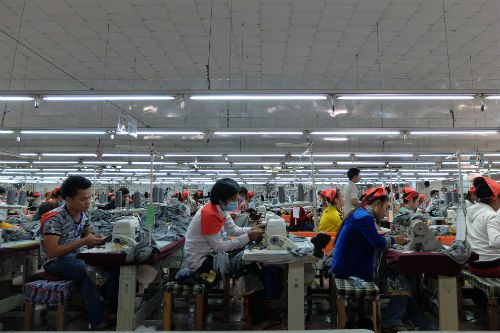
Share the Still in the Dark report and scorecard
This report and scorecard details which companies have moved towards a fairer future for the fashion industry, and which companies are still trying to hide their tracks.
